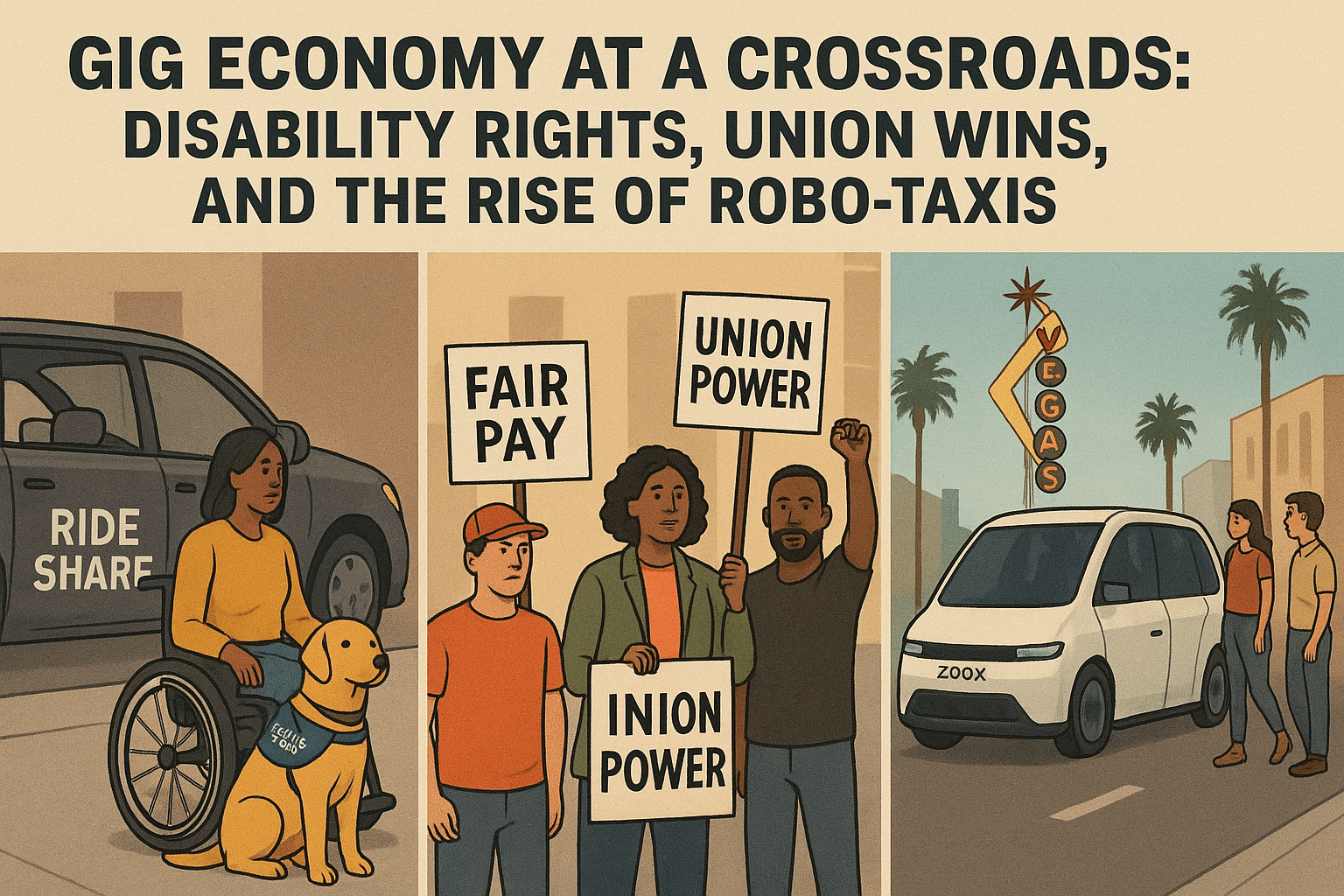The transportation landscape continues to evolve rapidly, with recent developments highlighting both challenges and innovations in the gig economy. The Department of Justice has filed a lawsuit against Uber, alleging discrimination against riders with disabilities, particularly those with service animals and stowable wheelchairs. This raises important questions about the responsibilities of rideshare companies versus individual drivers who operate as independent contractors. The lawsuit claims that drivers have refused service, added inappropriate surcharges, and even verbally mistreated passengers with disabilities, despite Uber’s insistence that they provide adequate training and maintain a zero-tolerance policy for confirmed service denials.
This legal battle underscores the ongoing tension between gig worker autonomy and the need to ensure equal access to transportation services. While Uber maintains they’re doing their part through driver education and policies, the DOJ is seeking significant changes, including monetary damages and civil fines. For drivers, this raises practical questions about responsibilities when accommodating service animals or wheelchairs, especially in smaller vehicles where space is limited. The lawsuit highlights how the independent contractor model creates gray areas in service obligations under the Americans with Disabilities Act.
Meanwhile, Lyft has announced plans to save approximately $200 million from reduced insurance costs following their worker unionization deal in California. According to CEO David Risher, these savings will be passed back to drivers “in terms of better pay.” This represents a potentially positive development for drivers, though many remain skeptical based on past experiences with similar promises from rideshare companies. The California deal, which allows unionization in exchange for lower insurance requirements, demonstrates how policy changes can significantly impact the economics of rideshare services.
In the autonomous vehicle space, significant developments are unfolding in Las Vegas. Amazon’s Zoox has launched its distinctive robo-taxi service, offering free rides to several popular destinations. These purpose-built vehicles, which lack traditional steering wheels or brake pedals, can carry up to four passengers facing each other and currently travel routes up to three miles. After two years of testing with employees and their families, the service is now available to the general public through the Zoox app. Amazon plans to manufacture as many as 10,000 robo-taxis annually at their facility in California, signaling serious investment in this technology.
Simultaneously, videos have emerged showing people misusing Waymo autonomous vehicles, including performing stunts on them. These incidents highlight the challenges facing driverless technology as it becomes more prevalent, raising questions about security measures needed to protect these vehicles from vandalism and misuse. The novelty factor currently attracts attention that sometimes leads to problematic behavior, suggesting companies may need to implement deterrents or pursue legal action against those who damage or misuse their vehicles.
For gig workers, these developments represent both opportunities and challenges. The expansion of autonomous vehicles may eventually reduce traditional driving opportunities, but it could also create new roles in vehicle maintenance, customer service, or specialized transportation services that still require human assistance. The legal and regulatory landscape continues to evolve, with implications for how drivers must accommodate passengers with special needs and how companies structure their relationships with workers. As the industry navigates these changes, flexibility and adaptability remain essential for those making a living in the gig economy.

